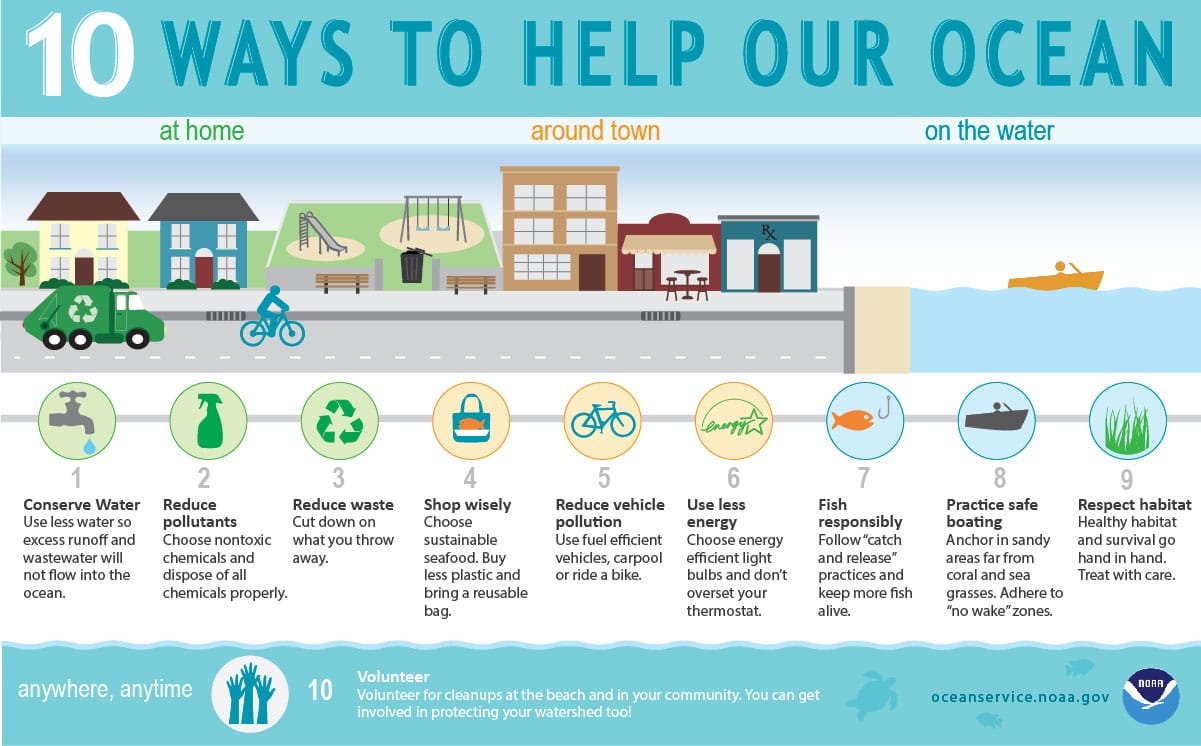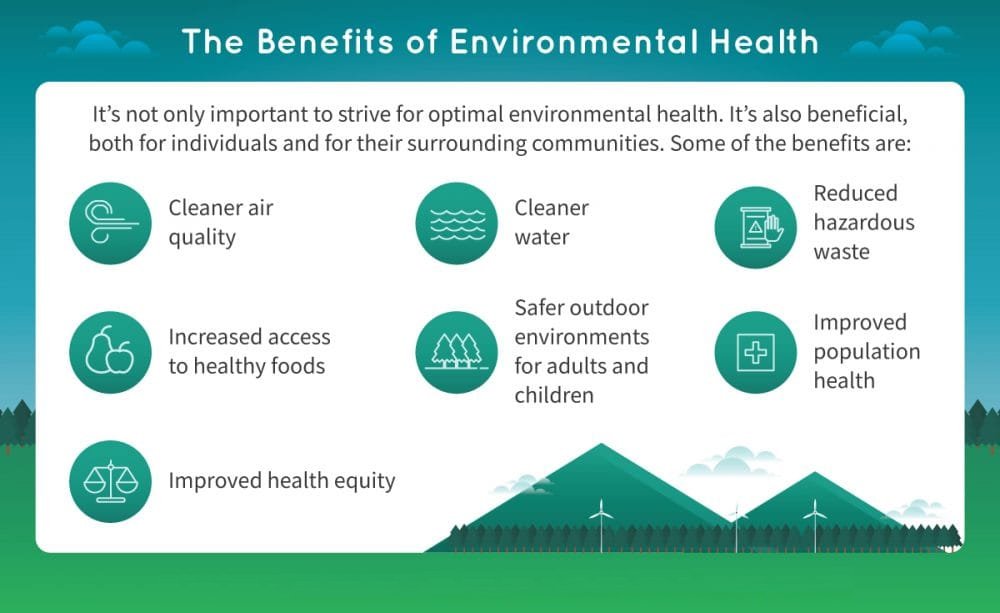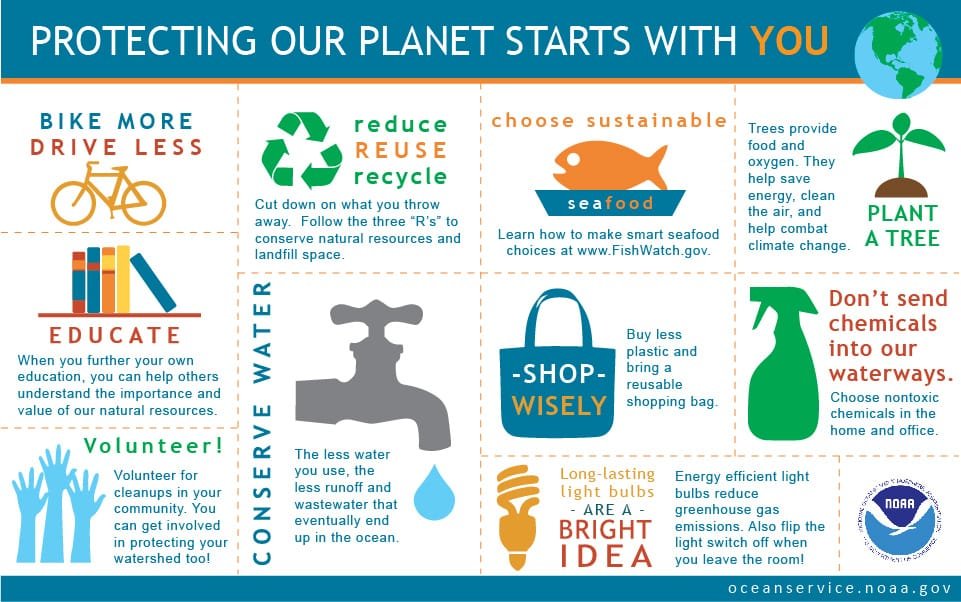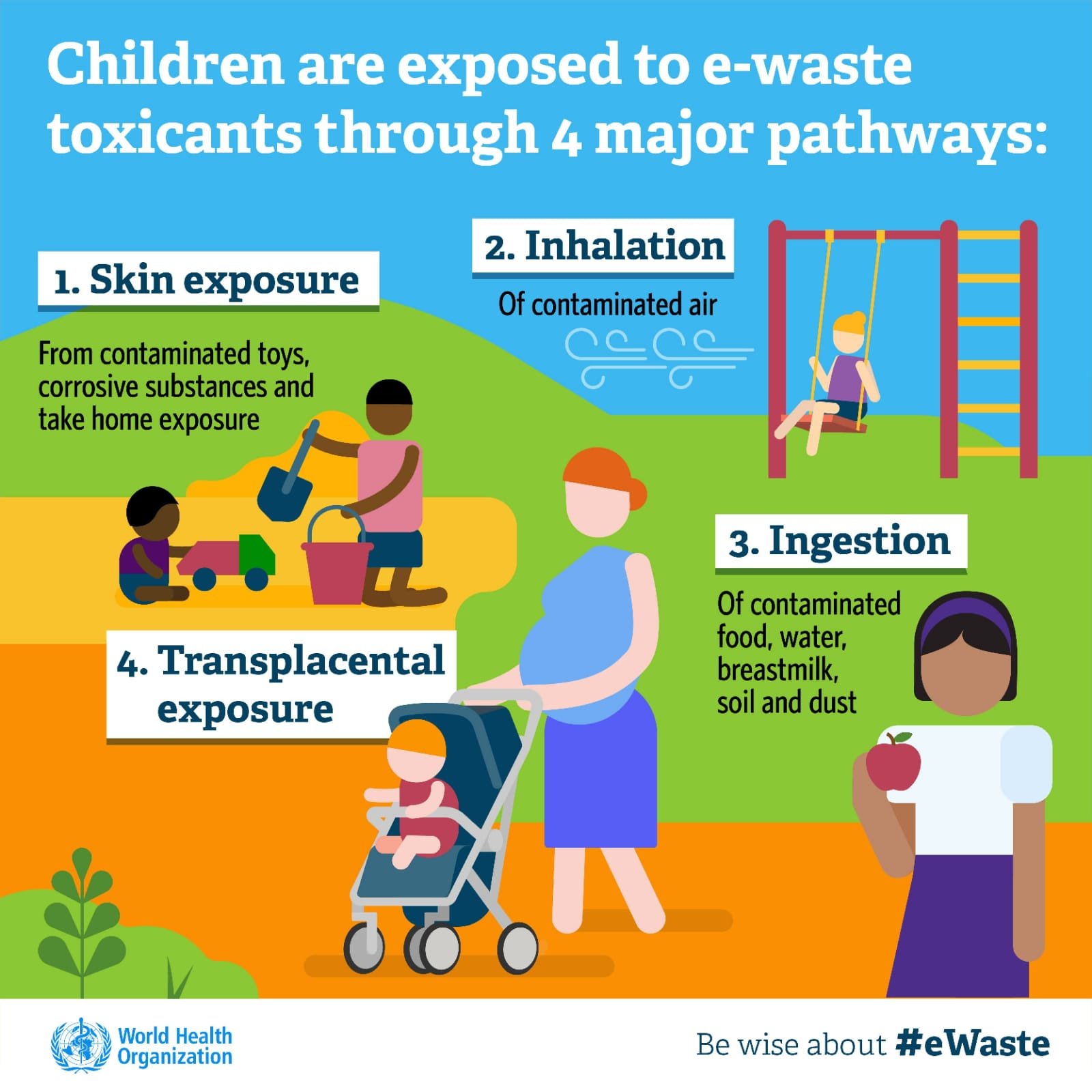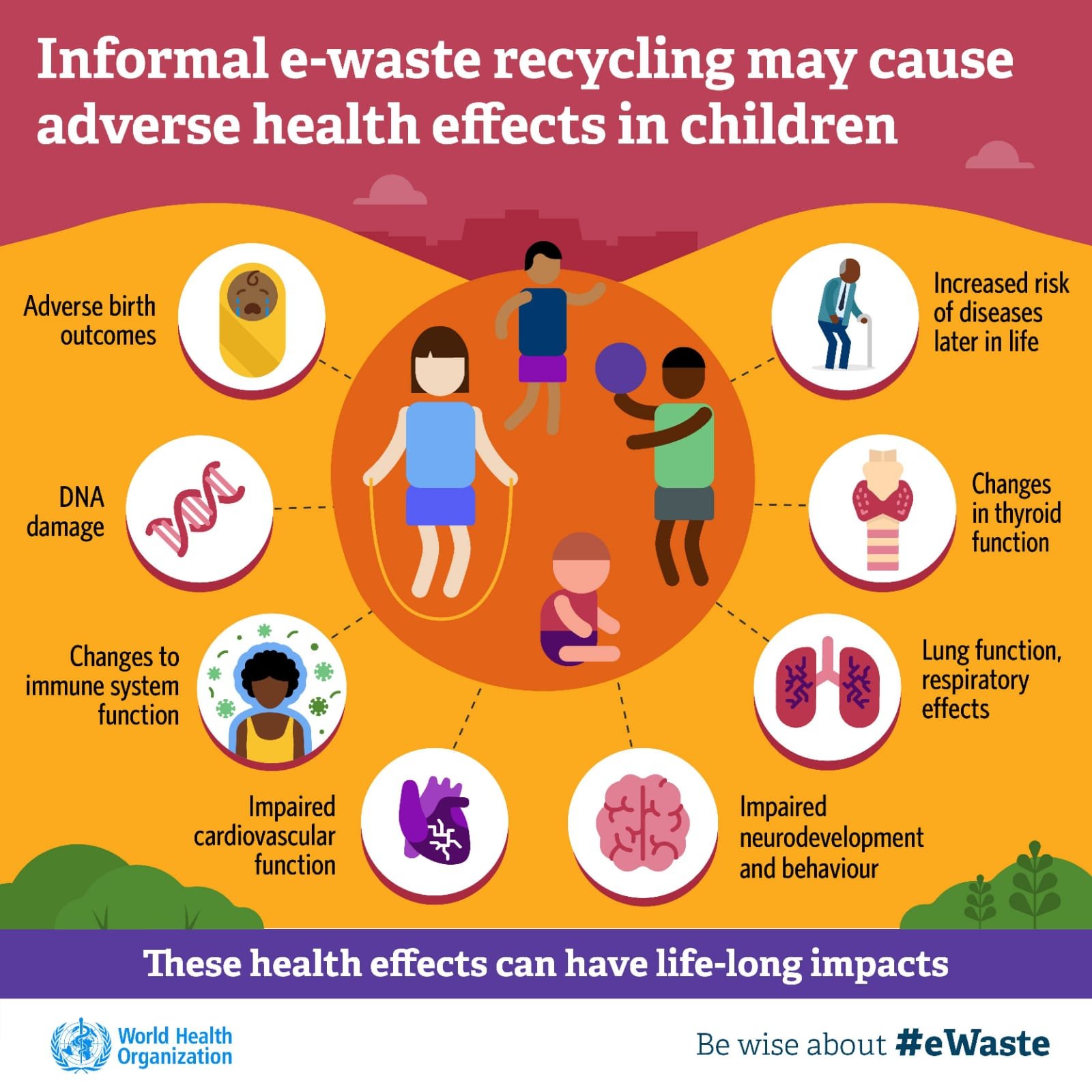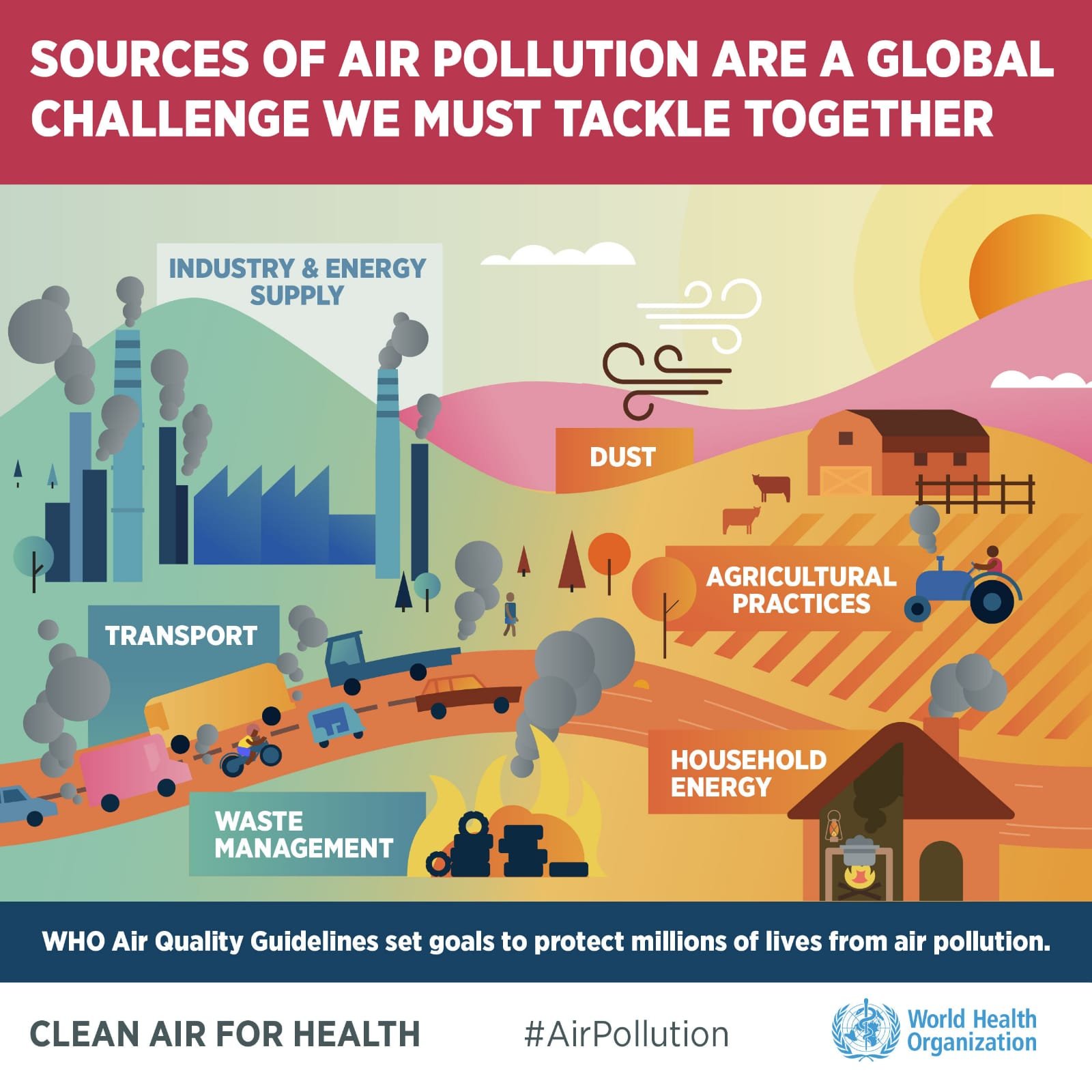Society of Environmental and Occupational Health

Society of Environment and Occupational Health

Society of Environment and Occupational Health
Climate change- Global change & Environment
The pace at which the adverse global climate change is taking place has become exigent – a now or never situation. The consequences of a warming climate have already impacted global food production, freshwater resources, sea levels and causing extreme weather events.
We and Environment
“The ancient wisdom counsels that, it be the other way; Environment and We,
But alas, we humans of the day are the most-self-conceited species on earth.”
“यत्पिण्डे, तत्ब्रह्माण्डे” (yatpinde, tat brahmande),
or
“यथापिण्डेतथाब्रह्माण्डे, यथाब्रह्माण्डेतथापिण्डे” (yathapindetathabrahmande, yathabrahmandetathapinde)
This shloka (श्लोक) is from Yajurvedah (यजुर्वेदःyajus (यजुस्) meaning “worship”+ veda (वेद) meaning “knowledge”, one of the four Vedas).
Meta-phrasing or elucidation of the shloka can be as infinite as its very quintessence; the ‘brahmande’.
However, it may be expressed thus: “As is the Individual (Microcosm), so is the Universe (Macrocosm); as is the Universe, so is the Individual” or, “As with the self, so with the Cosmos and reciprocally so.
Every entity, existence, form or substance : Inanimate or animate (जड़, चेतन), movable or immoveable (स्थावर, जंगम), variable or constant (चर, अचर), subtle or gross (सूक्ष्म,स्थूल्); every manifestation has a harmony, an eternal synchrony and order, a oneness of all five primordial elements (पंचतत्व अथवा पंचमहाभूत), namely: space or ether (आकाश), air (वायु ), fire or energy (अग्नि) ,water or force (जल) and earth or matter (पृथ्वी). And thus these five elements, by a supreme force – a Shakti (शक्ति अथवा मूलशक्ति) or a Creator, stay cohered together as what we call a Universe and the same constitute a pinde too.
These fundamental elements are the fountainhead of genesis of a phenomenon we call ‘life’, a perpetual continuum provided by the very interplay of these elements that nourish and nurture it.
Coming down to earth; literally and figuratively; the earth, that we revere and call mother, with its bounties and resources, and the elements, also manifests for us as nature (प्रकृति – the eternal energy with material manifestation), and that what we call nature is encompassed in a medium what we call environment(पर्यावरण).
In a God-ordained state of equilibrium in Environment, there is a self-reliant co-existential order & discipline among the material-mineral (padarthavastha-पदार्थावस्था),plant kingdom/order (pranavastha-प्राणावस्था), animal kingdom/order (jeevavastha-जिवावस्था), and innate human wisdom (jnanavastha – ज्ञानावस्था) enriching and fulfilling a cyclic (आवर्तनशील) order.
One day may be it was so, but today, it sounds like a utopian concept – a cosmic daydream
What has gone wrong where?
A very insidious beginning of the decadence commenced with the second industrial revolution, from the late 19 th to early 20 th century – an exciting phase; cities grew, factories sprawled and people started living by the clock rather than the sun or diurnal characteristics.
The environmental aberrations began, no one knew or suspected it and if someone did, he or they didn’t care, it was either ignored or considered too benign (we presumed!) to worry about. The century progressed with tremendous advances in mass production, all forms of transportation, and abundant availability of energy from all the known and developed sources; notably fossil fuels. With the advent of the late twentieth century, not only the common metals and chemicals but also the rare earth elements, exotic metals, minerals, and chemicals are being excavated from the bowels of the earth. With computerization, internet access, digital technology for data storage and transmission, production and consumption got a whole lot more and faster and changed the pace and overall profile of life as well.
We began to coax soil for more yields with pesticides and fertilizers synthesized in labs, and produced in factories, as were other products manufactured for our comfort and convenience. The effluents, outflow, solid and liquid waste mostly untreated was (and even today) discharged in sewage, rivers, or allowed to seep in the ground, and the debris, toxic sludge,
nuclear waste, etc. buried often hazardously. Likewise, the emissions and pollutants are being released untreated in the atmosphere, even today.
The rumblings of environmental aberrations grew and began to be noticed and matter. We still thought it was “inconsequent, didn’t matter or looked the other way” and those who did; they didn’t count or matter, and sometimes paid for it, and again, all this happens even today when we are in the phase of the fourth industrial revolution – Industry 4, and on the threshold of the fifth – Industry 5.
The soil is now laden with toxic chemicals in most habitable parts of the world. The rivers, even the venerated ones (Holy Ganges, the lifeline of our country) are being used to discharge toxic effluents, all types of sewage and wastewater. This environmental neglect, degradation, and pollution have also led to the consequent global warming causing rising temperatures and water levels of seas, ocean acidification, melting of glaciers, depletion of good (Stratospheric; upper atmosphere) and an increase in bad (Tropospheric; ground level) ozone levels, changing patterns of climate, more extreme weather events like changing rain and snowfall precipitation, erosion, cyclones, floods, fires, and biodiversity loss, with some species of flora and fauna already lost and some on the verge of extinction, and even a greater propensity for the spread of diseases and pandemics – a dysfunctional ecosystem and becoming more so. The list, however, is fickle and by far incomplete.
How far have we come?
Pollution today pervades every constituent of the earth and its environment, and this treachery of the human race to itself, to other species and living beings – from single-celled microbes to whales, all habitats, has now begun to hurt all, and really bad. For too long we have taken the enduring benevolence of these bounties “for granted” and for too long they have silently endured, lamented, and suffered.
By every moment, we are moving closer to the point of no return and are not oblivious to it.
The earth, the air, the rivers, the seas, the skies, the very nature, the other species of plants & animals – so many decimated and many with impending extinction are simply looking to us humans, for environmental justice and their rightful place in this nature and planet, and we have already lost much time; “factum fieri infectum non potest” ” It is impossible for a deed to be undone,”

ENVIRONMENTAL HEALTH
What is Environmental Health?
It is a branch of health related to all aspects of the natural or man-made environments affecting
human health and focuses on preventing illness, injury and promoting well-being. The major fields of environmental health are environmental science, environmental health surveillance – the bio-monitoring, toxicology, environmental epidemiology, and environmental and occupational medicine
Environmental medicine is the branch of medicine involving the study of the relationship between human health and biological, chemical, and physical factors in the environment, also called stressors.
It originated sometime around the mid-20th century, when possible links between environmental factors and human disease were increasingly recognized as having the potential for harm associated with exposure to industrial emissions and wastes. The 1984 methyl isocyanate (MIC) leak at Bhopal and the 1986 Chernobyl nuclear accident only served to highlight the significance and importance of this field and its further development.
It is also related to the preventive aspects and environmental health surveillance (bio- monitoring; which comprises the backbone of both the environmental science and medicine) and also intersects with a number of other fields; among them
epidemiology, toxicology, ecology, tropical medicine, occupational medicine, and public health in particular.
Environmental medicine has also been aided by advances in genetics and cell biology. Developments in these areas have been important particularly where the understanding of how chemicals interact with genes and other cellular components is concerned.
Environmentally related diseases arise when normal biological functions become compromised by exposures to stressors. The exposure can be an acute one or a low-grade but long- term cumulative type.
The most common examples of environmental factors known to affect human health are organophosphate and carbamate pesticides, other synthetic chemicals in the environment, household chemicals, and workplace contaminants.
Pesticides have been of particular concern, since they can persist in the environment and are used widely worldwide.
Main Roles and Responsibilities of an Environmental Health Specialist
- Investigating, sampling, measurement, and assessment of hazardous environmental agents in various environmental media
(That is; the abiotic components of environment- air, water, land) - Recommending the application of protective interventions to control the hazards or exposures, and if possible eliminate them
- Developing, promoting, and enforcing guidelines, policies, laws, and regulations
- Developing and providing health communications and educational materials
- Managing and leading environmental health units within the organizations
- Performing systems analysis (a process to study a system and its information system to analyze and modify it so as to find the best alternative for a given process)
- Engaging community members to understand, address, and resolve problems
- Reviewing construction, land use plans and make recommendations
- Interpreting research evidence and results to understand the relationship between
health and environment; and - Interpret the data and prepare technical summaries and reports

SOME HARSH FACTS AND RELAITIES¬
Where do we stand today?
The list can be very long, but the most crucial concerns are:
1. Global warming and Climate change
Human activities have made global warming and climate change a global threat.The rising levels of CO 2 and other greenhouse gases have caused an increase in average global temperatures, extreme weather events, melting of glaciers and rising sea levels -to mention a few. glaciers and rising sea levels – to mention a few.
2. Pollution of Water, Air and Land
Water Pollution – Rapid urban development, improper sewage disposal by industries, oil spills – including the seas, improper disposal of chemical and radioactive wastes, and plastic pollution are only some of the major causes of water pollution.
Air Pollution- Excessive deforestation, excessive use of fossil fuels, industrialization, overfilling landfills which emit carbon dioxide, methane & other toxic gases are adding to the greenhouse gas emissions, other toxic elements, and ozone depletion.
Land Pollution – Land or soil pollution is caused by the presence of man-made chemicals, alteration in the natural environment of soil, industrial activity, agricultural chemicals or improper waste disposal. The most common chemicals involved are petroleum and aromatic hydrocarbons, solvents, pesticides, lead, and other heavy metals. It is correlated with the degree of industrialization and the quantity of chemical substances. pesticides, lead, and other heavy metals. It is correlated with the degree of industrialization and the quantity of chemical substances
Rising air pollution in industrial & densely populated areas, chemical contamination with consequent degradation of soil – all are causing a rise in human ill health and sickness. Respiratory and cardiovascular diseases are acquiring epidemic proportions in some cities – we all know Delhi as the pollution capital of the world due to air pollution, and Punjab as
the cancer capital of India due to chemical toxicity notably due to arsenic, uranium and
excessive use of pesticides
3. Ocean Acidification – Ocean waters absorb around 30 percent of atmospheric CO 2 which leads to ocean acidification making it difficult for clams, deep sea corals, oysters etc. to build and maintain their shells and other calcium carbonate structures. Change in the ocean water chemistry affects the behavior of other organisms also. of other organisms also.
4. Loss of Biodiversity – Bio-diversity helps maintain the balance of the ecosystem and provides biological resources which are crucial for our existence. Habitat destruction, climate change, pollution, secondary extinction, untamed growth of invasive species and introduced species are only a few ways in which humans are wreaking havoc on
biodiversity
A small view of the present Environmental Sickness
Excerpts from a very recent report:
These findings are from Washington Post, released on 17 th May, 2022 by the Lancet Planetary Health journal, an internationally trusted source of clinical, public health, and global health knowledge from the Lancet family
1. The Lancet commission’s report shows that pollution continues to be the world’s largest environmental health threat for disease and premature deaths, with more the 90 percent of these deaths taking place in low- and middle-income countries
2. It has also reported 24 lakh premature deaths in India in 2019, the highest in the world, and this is one fourth of the whole world. Also, in 93% of India, pollution remains well above the WHO guidelines
3. From 2015 to 2019, 1 in 6 deaths worldwide stemmed from poor air quality, unsafe water and toxic chemical pollution – killing 9 million people each year – more people than war, terrorism, road injuries, malaria, drugs and alcohol, and
4. More than half of the countries and nations worldwide have experienced more deaths from outdoor air pollution and toxic chemicals in 2019 than indoor air pollution and water contamination
5. Deaths from fossil fuel burning and lead poisoning have risen by 66 percent in the past two decades
The 2019 data from Global Burden of Diseases, Injuries and Risk Factors, found that air pollution accounts for the vast majority of premature deaths – at 6.7 million. Water pollution accounted for 1.4 million deaths, and lead poisoning – close to a million. Lead (Plumbum – Pb) is also one of the top offenders of air and water pollution, and is particularly dangerous because it can cause permanent damage to people’s brains, fertility and immune systems and affect the IQs of developing brains in children.
The important sources of environmental contamination include mining, smelting, manufacturing and recycling activities, and in some countries the continued use of leaded paint and leaded aviation fuel. More than three quarters of global lead consumption is for the manufacture of lead-acid batteries for motor vehicles. It is also used for pigments, paints, solder, stained glass, lead crystal glassware, ammunition, ceramic glazes, jewellery, toys, some cosmetics and traditional medicines. Drinking water delivery through lead pipes or pipes joined with lead solder may contain lead. Much of the lead in global commerce is now obtained from recycling and that is also a source of air pollution.
The only good news in the report is that indoor pollution in India and China decreased in recent years, as many households have switched to gas for cooking instead of the traditional wood and coal burning. However, fossil fuel burning, automobile combustion and toxic chemical pollution still pose a greater health risk in the developing world. Meanwhile, the United States and some European countries have reduced their economic losses tied to pollution-related deaths by installing pollution controls and shifting some of their industrial production to poorer countries.
Since 2000, deaths from modern pollution have skyrocketed by 66%. Increase in industrialization, urbanization and an aging population that is more vulnerable to the health impacts of air pollution are the main contributory factors.
SOME IMPORTANT AND COMMON MAN-MADE POLLUTANTS & TOXICANTS
Plastics, Pesticides, Heavy metals
The PFAS – Poly-fluoro-alkyl compounds – the fluorocarbons also known as forever chemicals or persistent organic pollutants (P.O.Ps).
Teflon is one example everyone is familiar with.
Developed in the 1940s, PFAS are a family of over 9,000 chemicals with a very large number of industrial and cosmetic uses.
Initially, they were found to be of use in making textiles water and stain-resistant, adding flame retardant properties and enhancing the chemical stability for a longer lasting life of products. Gradually, their uses extended throughout the cosmetic and food industries and are now abundantly found in; non-stick cookware, food packaging material, water and stain-resistant coatings for clothes, furniture and carpets, personal care products, cosmetic products such as foundation makeup ,fire-fighting foams ,fast food wrappers for grease-proofing meat, fish etc., paperboard take-out for coffee, tea & food packaging, processed foods including microwave popcorn, low-fiber high-fat grain products such as bread and pasta and contaminated drinking water.
They bio-accumulate in plants at the contaminated sites and are also found in water, air, fish and soil, and even indoor dust.
They have a long half-life,which means that they do not easily break down, so they subsequently accumulate throughout the environment, including in the animal and human tissues. It takes about 3-4 years for the level of PFAS (also termed as PFOS or PFCs) to go down by half in humans.
CDC cites that they are strongly suspected to induce a host of health effects, the few important ones are cancer, liver damage(they predominantly accumulate in liver), decreased fertility and reproductive toxicity, risk of asthma and thyroid disease, renal toxicity, immune-toxicity, neuro and geno-toxicity.
PFAS are alsolinked to metabolic disorders including impaired glucose and insulin levels, diabetes, obesity and may disrupt reproductive health from as early as puberty by potentially impairing the function of the ovaries, and delayed or irregular menstruation and early menopause.
Humans become exposed to PFAS predominantly through their diet, as well as through contaminated drinking water, skin contact from cosmetic and personal care products, clothing etc., indoor and outdoor air pollution, and fetal exposure during pregnancy or later breastfeeding.
However, many findings like the reproductive health are extrapolated from animal studies.
Other forms of plastics; the common ones in use are polypropylene (PP), polyethylene (PE), polyvinylchloride (PVC), polystyrene (PS) and polyurethane (PU) etc., with newer ones being added almost every day and almost all are produced from fossil fuel. The additives, also known as utility chemicals, such as plasticizers (like phthalates which remain unbound to the mother product) are added to enhance their performance or durability and may sometimes have more negative properties than the polymers themselves.
Overall they have more or less same characteristics as PFAS.
Their extensive use causes leaching of their components,particularly at high temperaturesin all environmental mediaand burning releases toxic chemicals like dioxins, furans, mercury, and polychlorinated biphenyls (PCBs) etc.
Pesticides, insecticides, herbicides-like organophosphates, carbamates, etc. contaminate soil (maximum), water- including ground water, air, vegetation, birds, fish etc. and consequently all food.
In soil they make take years to degrade.
They also harm or kill non-target plants, beneficial insects and microbes.
They are being overused like we overuse antibiotics and can affect practically any or all body organs.
Heavy metals, a large group of chemicals many with highly toxic properties are known to cause not only physical and mental ailments in humans but also the other forms of animal life. Common examples are chromium, arsenic, cadmium, mercury and lead. Because of their extensive use in all aspects of our living, they are found in unhealthy or even toxic level sin all environmental media. Unfortunately, even though their toxicity has been known for decades, lead and mercury are still very widely used in a large number of items like batteries, electronic equipment, paints and toys, etc.
Much like the pesticides, they are also pervading every component of the whole ecosystem and are entering the food chain. Be it any kind of pollutant, we have already begun to pay a heavy price and appear to be reaching a point of no return.
This is the transcript of presentation made by Dr. N.K.Rojha on 5th June, 2022 at the World Environment Day, I.I.C.,New Delhi.
